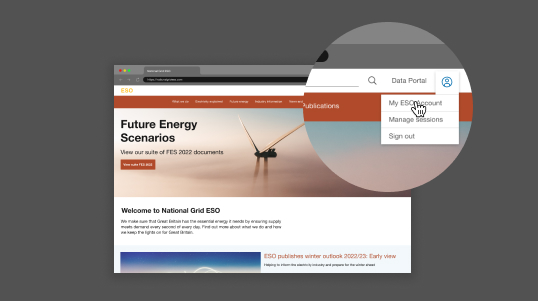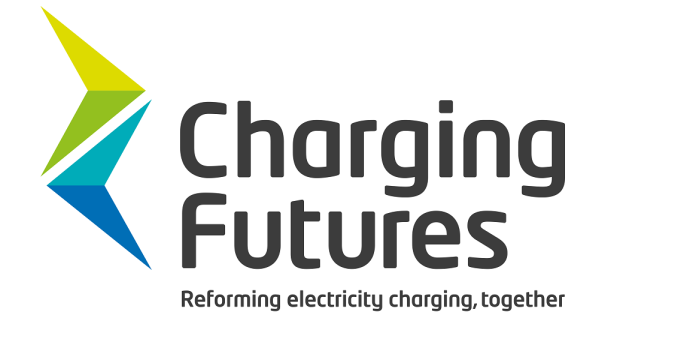We are administrators for the Connection and Use of System Code (CUSC), the Grid Code (GC), the System Operator – Transmission Owner Code (STC), and the Security & Quality of Supply Standard (SQSS).
That means we’re here to support those in the industry who want to propose changes, debate important issues and drive key outcomes in the code modification processes. So whether you’re new to the process, or experienced in the way it all works, we’ll help you get to the information you need.
New to codes?
Code changes: Beginner's Guide
Here you can find some simple, easy to digest information to help you if you’re new to our codes.
Our team of code administrators oversees all aspects of the code modification processes and related meetings.
Code Administration Code of Practice (CACoP)
The CACoP aims to make the code modification process more transparent and help protect the interests of small market participants.
Electricity Codes
Connection and Use of System Code (CUSC)
The Connection and Use of System Code is the contractual framework for connecting to and using the National Electricity Transmission System (NETS).
The Grid Code is the technical code for connection and development of the National Electricity Transmission System (NETS).
System Operator - Transmission Owner Code (STC)
The System Operator – Transmission Owner Code defines the relationship between the transmission system owners and the system operator.
Security and Quality of Supply Standard (SQSS)
The Security and Quality of Supply Standard set out the criteria and methodology for planning and operating the National Electricity Transmission System.
Balancing and Settlement Code (BSC)
The rules and governance arrangements for electricity balancing and settlement in Great Britain.
European network codes cover grid connections, markets, and system operation, providing a sustainable, secure, and competitive electricity market across Europe.
Digitalised Whole System Technical Code (WSTC)
The Whole System Technical Code (WSTC) project proposes to simplify, align, and digitalise GB electricity technical codes.
Search for a Code Modification
You can find any current or concluded modifications here, using the mod’s name or ID. Selecting your modification from the dropdown list will take you to the modification page.

Modification Tracker
Our Modification Tracker gives you the very latest detail on current modifications for each of the four codes. It includes the purpose of the modification and the stakeholders it affects, as well as Panel comments on prioritisation, and where it is in the review process.
This Modification Tracker will be published on a monthly basis on the 7th calendar day of the month or the next working day where the 7th is a non-working day.
Related to Codes
Find meeting information and event dates for all codes.
On this page, you can view our latest insights on the BEIS and Ofgem joint Energy Codes Review and keep up to date with developments as the review progresses.
Charging Futures was set up for electricity network users to learn, contribute and shape the reform of GB's electricity network access and charging arrangements.














